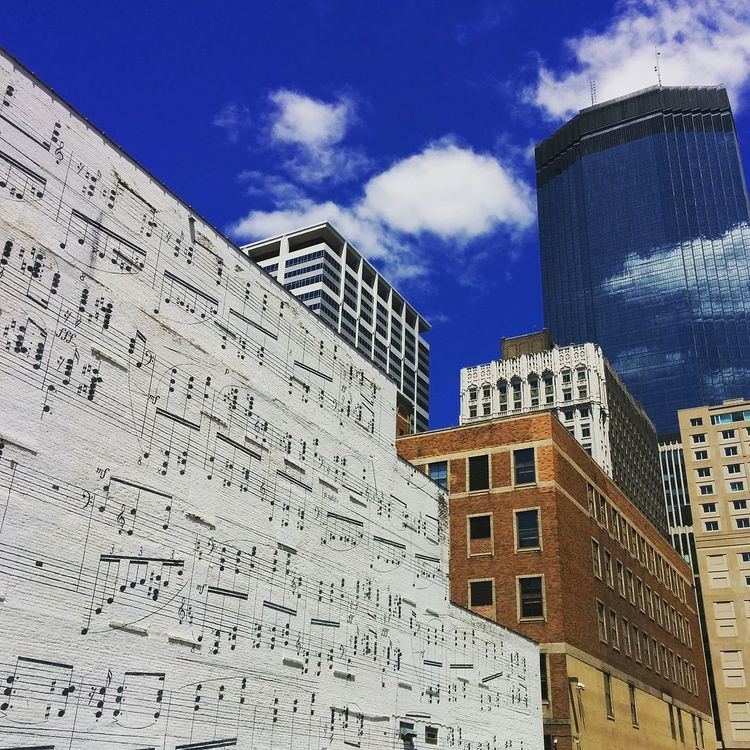 | ||
Gaspard de la nuit: Trois poèmes pour piano d'après Aloysius Bertrand is a suite of pieces for solo piano by Maurice Ravel, written in 1908. It has three movements, each based on a poem or fantaisie from the collection Gaspard de la Nuit, fantaisies à la manière de Rembrandt et de Callot completed in 1836 by Aloysius Bertrand. The work was premiered in Paris, on January 9, 1909, by Ricardo Viñes.
Contents
The piece is famous for its difficulty, partly because Ravel intended the Scarbo movement to be more difficult than Balakirev's Islamey. Because of its technical challenges and profound musical structure, Scarbo is considered one of the most difficult solo piano pieces in the standard repertoire.
The manuscript currently resides in the Harry Ransom Center of the University of Texas at Austin.
Etymology
The name "Gaspard" is derived from its original Persian form, denoting "the man in charge of the royal treasures": "Gaspard of the Night" or the treasurer of the night thus creates allusions to someone in charge of all that is jewel-like, dark, mysterious, perhaps even morose.
Of the work, Ravel himself said: "Gaspard has been a devil in coming, but that is only logical since it was he who is the author of the poems. My ambition is to say with notes what a poet expresses with words."
Aloysius Bertrand, author of Gaspard de la Nuit (1842), introduces his collection by attributing them to a mysterious old man met in a park in Dijon, who lent him the book. When he goes in search of M. Gaspard to return the volume, he asks, 'Tell me where M. Gaspard de la Nuit may be found.' 'He is in hell, provided that he isn't somewhere else,' comes the reply. 'Ah! I am beginning to understand! What! Gaspard de la Nuit must be...?' the poet continues. 'Ah! Yes... the devil!' his informant responds. 'Thank you, mon brave!... If Gaspard de la Nuit is in hell, may he roast there. I shall publish his book.'
Ondine
Written in C-sharp major and based on the poem "Ondine", an oneiric tale of the water nymph Undine singing to seduce the observer into visiting her kingdom deep at the bottom of a lake. It is reminiscent of Ravel's early piano piece, the Jeux d'eau (1901), with the sounds of water falling and flowing, woven with cascades. This piece contains technical challenges for the right hand such as the fast repetition of three-note chords in the opening accompaniment, the double note passages beginning at bar 57, and the disjunct climactic movement of the hands beginning at bar 66. The duration of Ondine is about 6:30.
Le Gibet
Written in E-flat minor and based on the poem "Le Gibet", the observer is presented with a view of the desert, where the lone corpse of a hanged man on a gibbet stands out against the horizon, reddened by the setting sun; a bell tolls from inside the walls of a far-off city, creating the deathly atmosphere that surrounds the observer. Throughout the entire piece is a B-flat octave ostinato, imitative of the tolling bell, that must remain distinctive and constant in tone as the notes cross over and dynamics change. The duration of Le Gibet is about 7:15.
Scarbo
Written in G-sharp minor and based on the poem "Scarbo", this movement depicts the nighttime mischief of a small fiend or goblin, making pirouettes, flitting in and out of the darkness, disappearing and suddenly reappearing. Its uneven flight, hitting and scratching against the walls, casting a growing shadow in the moonlight, creates a nightmarish scene for the observer lying in his bed. With its repeated notes and two terrifying climaxes, this is the high point in technical difficulty of all the three movements. Technical challenges include repeated notes in both hands, and double-note scales in major seconds in the right hand. Ravel reportedly said about Scarbo: "I wanted to write an orchestral transcription for the piano." The duration of Scarbo is about 8:30.
Orchestral versions
Eugene Goossens orchestrated Gaspard in 1942. Marius Constant orchestrated the piece in 1990.
